The Gamma linolenic acid is a triple unsaturated fatty acid that is the starting material for important hormones in the body.It's an omega-6 fatty acid. It is synthesized in the body from linoleic acid or absorbed through important vegetable oils.
What is gamma linolenic acid?
Gamma-linolenic acid is an important triple-unsaturated fatty acid that belongs to the omega-6 fatty acids. It is the starting material for the biochemical synthesis of dihomolinolenic acid and arachidonic acid.
Eicosanoids of series 1 are formed from dihomolinolenic acid. Arachidonic acid is the starting material for series 2 eicosanoids. Eicosanoids are tissue hormones, which also include prostaglandins. While series 1 eicosanoids are anti-inflammatory, series 2 eicosanoids positively promote inflammation. The designation omega-6 fatty acids indicates how far the last double bond is from the terminal carbon atom of the chain. In the Greek alphabet, the letter Omega is the last letter.
Transferred to the fatty acid molecule, the last carbon atom of the fatty acid molecule is called the omega carbon atom. The number 6 indicates the removal of the last double bond from the direction of the carboxyl group from the omega carbon atom. In gamma-linolenic acid, the first double bond after the carboxyl group begins on the gamma carbon atom, i.e. on the third carbon atom. Gamma-linolenic acid is produced in the body from the essential omega-6 fatty acid linoleic acid. Linoleic acid and gamma-linolenic acid are found in vegetable oils.
Function, effect & tasks
Unsaturated fatty acids, including gamma-linolenic acid, are of great biological importance for the structure of cell membranes and the synthesis of important tissue hormones. As omega-6 fatty acids, they are mainly contained in vegetable oils as triglyceride esters.
In the human organism, the fatty acids are reintegrated into the cell membrane as phospholipids. The more unsaturated fatty acids there are, the smoother and more flexible the membranes become. Important material transports and defense measures against intruders are improved. The cell remains viable longer. A second important task is the synthesis of a large number of active substances and hormones that regulate certain cell functions. The hormones include the prostaglandins, thromboxanes and leukotrienes. The prostaglandins fulfill many functions. They are responsible for immune reactions, provoke defense reactions in the form of inflammation and at the same time have an anti-inflammatory effect.
So they cover a multitude of functions that appear contradicting to the outside world, but are equally necessary. For a healthy body, an optimal ratio of the various active ingredients and thus their starting materials is of great importance. The eicosanoids of series 1 and 2 are equally necessary. However, the series 1 eicosanoids are known as good because of their anti-inflammatory effects and the series 2 eicosanoids as bad because of their support for inflammatory and sometimes painful defense reactions.
Overall, the gamma-linolenic acid strengthens the immune system, regulates blood pressure and heart function, accelerates wound healing, works against eczema, strengthens the liver and kidneys, increases fertility, strengthens learning, concentration and nerves. Furthermore, both anticoagulant and anticoagulant hormones are synthesized from the product class of prostaglandins. The leukotrienes that are also formed mediate inflammatory reactions within the framework of defense reactions against pathogens, but also in allergic reactions.
Education, occurrence, properties & optimal values
The human body is dependent on unsaturated fatty acids. Gamma-linolenic acid, which is synthesized from linoleic acid, plays a key role in this. In addition to linoleic acid, the body also needs alpha-linolenic acid as omega-3 fatty acid and oleic acid as omega-9 fatty acid. All three unsaturated fatty acids are desaturated by the same enzyme (incorporation of an additional double bond).
This is delta-6 desaturase, which only works with the help of the cofactors vitamin B6, biotin, calcium, magnesium and zinc. This is how linoleic acid turns into gamma-linolenic acid, which in turn is converted into dihomogammalinolenic acid and arachidonic acid. Docosahexaenoic acid (DHA) and eicosapentaenoic acid (EPA) are synthesized from alpha-linolenic acid. Gamma-linolenic acid and linoleic acid are found in various vegetable oils. Borage oil with 20 percent, evening primrose oil with 10 percent and hemp oil with 3 percent are particularly rich in these fatty acids.
Diseases & Disorders
Dihomo-gamma-linolenic acid is synthesized from gamma-linolenic acid via the enzyme delta-6-desaturase, and from this, in turn, arachidonic acid is synthesized in small amounts.
From these substances, in turn, the good series 1 eicosanoids and the bad series 2 eicosanoids arise. A third series, the series 3 eicosanoids, also belong to the anti-inflammatory prostaglandins and are thus antagonists of the series 2 eicosanoids. If there is a ratio of omega-6 fatty acids to omega-3 fatty acids in food in favor of omega-6 fatty acids, then inflammatory processes are more likely to develop because more arachidonic acid can form here. Allergic reactions, asthma and painful inflammatory processes are more common. Therefore, more omega-3 fatty acids should be taken in with food.
These are particularly found in fish oils. The ratio of omega-6 fatty acids to omega-3 fatty acids should be 5 to 1. It's much higher today. However, this is true when the enzyme delta-6 desaturase is working optimally. If this enzyme fails, for example due to a mutation, only the eicosanoids of series 2 are formed with constant inflammation, asthmatic complaints, rheumatism and much more. Because arachidonic acid is also absorbed through food and does not necessarily have to be produced in the body. There are no anti-inflammatory counterparts in this case.
In the long term, constant inflammatory processes lead to severe organ damage, arteriosclerosis, cardiovascular diseases, severe gastrointestinal inflammation with malabsorption and other symptoms. The function of delta-6 desaturase is also limited if important cofactors such as biotin, vitamin B6, calcium, magnesium or zinc are missing. The activity of the enzyme is also inhibited in the case of obesity, diabetes mellitus, alcohol and nicotine consumption, viral infections, liver diseases, stress or physical inactivity. Therefore, these conditions pose serious risk factors to health.

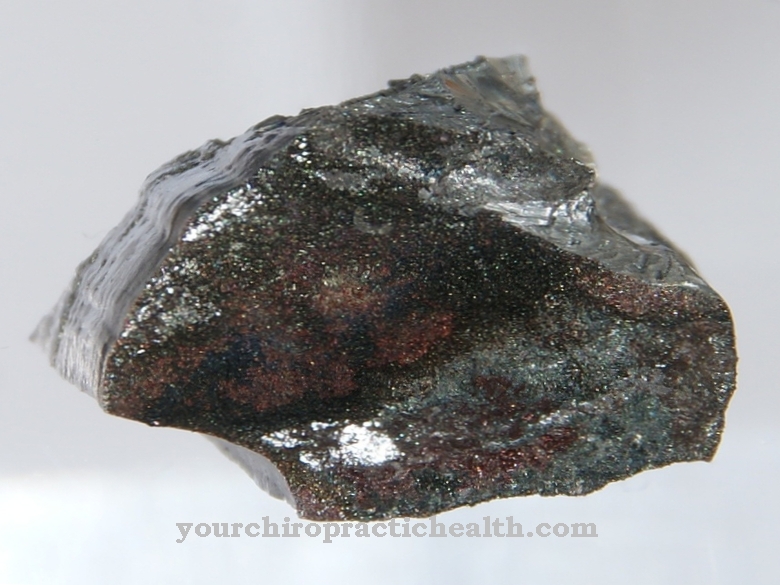
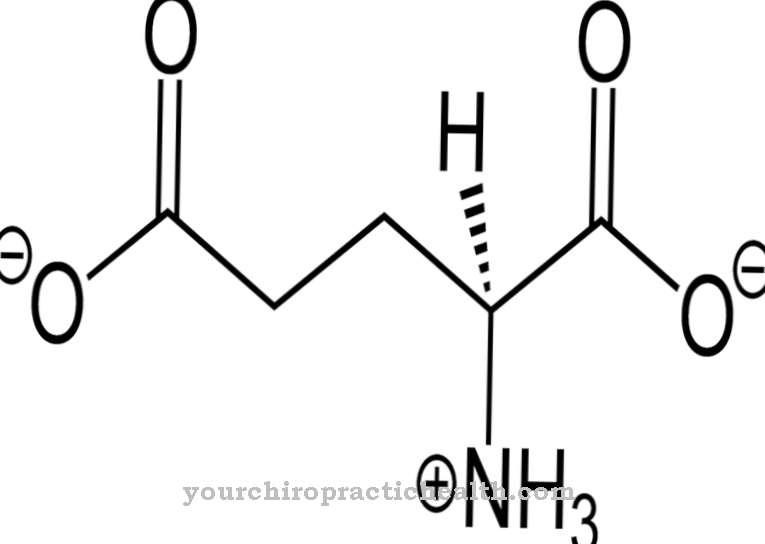
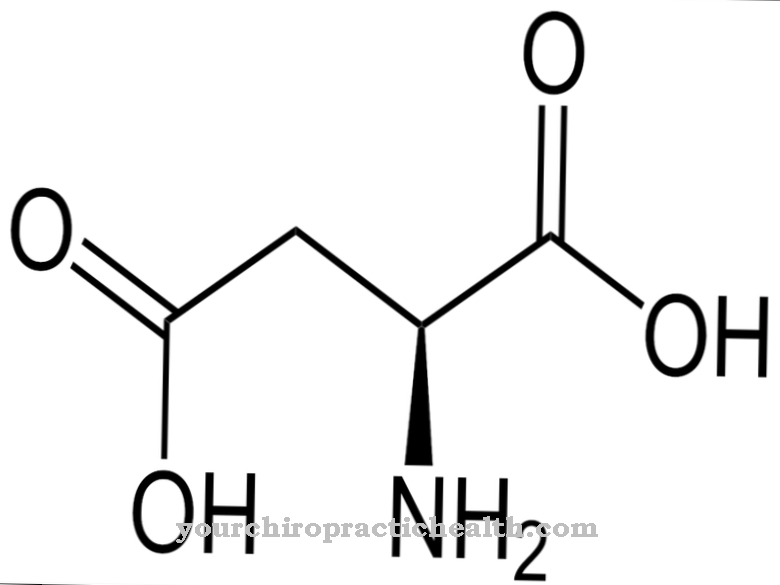
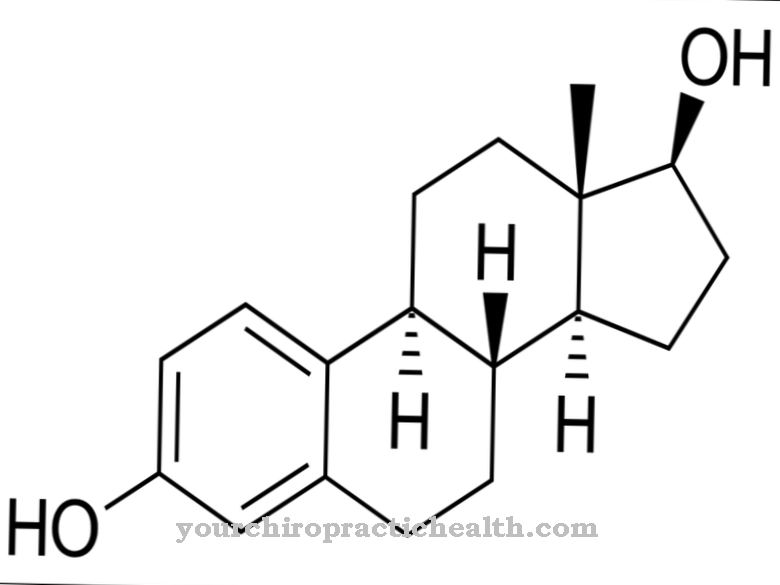
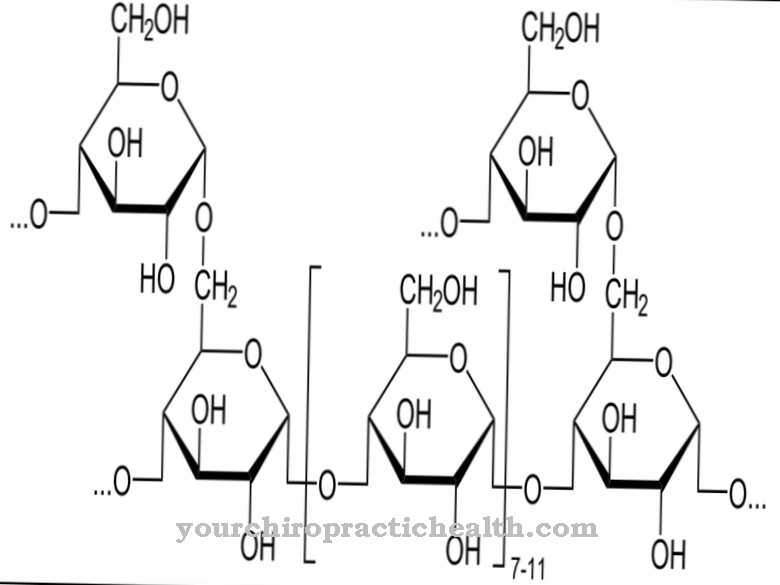
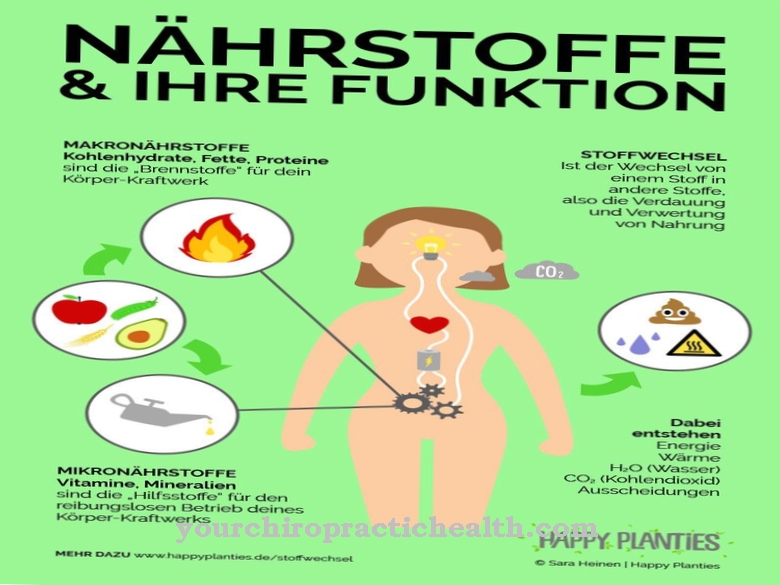






.jpg)

.jpg)
.jpg)











.jpg)